
In recent years, the food and beverage sector has grappled with a complex array of challenges, including escalating raw material costs, shifting consumer preferences, regulatory changes, and rampant supply chain disruptions.
The turbulence experienced by the sector has been largely driven by the fallout from the pandemic and the geopolitical upheaval following the invasion of Ukraine. These events triggered substantial inflation in raw material and energy costs, which squeezed profit margins and prompted the well-charted increase in food and drink prices.
Such challenges have been further compounded by difficulties securing requisite investment, reflecting broader market uncertainties and growing investor caution in food and beverage and the consumer industry at large.
Yet, despite these trials, my outlook for the sector remains positive.
For many companies, the recent inflationary period led to decreased profitability and, for some, threatened their viability. However, while initially a source of concern, these rising prices have started to pave the way for a more robust financial footing for many businesses operating in the sector.
One of the key advantages of the recent price hikes has been the opportunity for food and beverage companies to restore and improve their profit margins. As costs have risen, companies have been able to adjust their pricing strategies, which has, in turn, improved their balance sheets and overall financial stability. This newfound resilience is attracting the attention of investors, private equity, and strategics looking for sectors showing signs of recovery and growth potential.
This renewed investment interest is significant. Data from the Food & Drink Federation reveals a marked 30.5% decline in investment in food and beverage companies between 2019 and 2023. Investors have a plethora of options across various industries, and capital tends to flow towards sectors that offer the highest returns with the least risk. The sector has struggled to stand out in this competitive landscape, but it appears as though the tide may be turning.
The ongoing rebound in financial health has made food and beverage companies more appealing targets for investment. This is particularly evident in various subsectors such as snacking, consumer health and wellness, plant-based products, and petfood. These segments are not only experiencing strong demand but also align with evolving consumer preferences for health, convenience, and sustainability.
Investment is crucial for the sector for several reasons. First and foremost, continuous investment enables companies to stay competitive by upgrading production technologies, enhancing food safety standards to secure consumer trust, and fostering innovation. In an era of rising wages and competitive labour markets, investing in automation and technology is essential for reducing reliance on manual processes and improving operational efficiency.
Looking ahead, the potential decrease in interest rates could further enhance the sector’s attractiveness. Lower borrowing costs would provide food and beverage companies with greater access to capital, facilitating investments in new technologies, market expansions, and operational improvements. This financial flexibility is paramount for driving future growth and innovation within the sector.
While the outlook for the sector is improving, investors remain cautious and demand clear evidence of future profitability from companies they invest in. To secure investment, businesses must demonstrate that capital infusion will drive substantial gains. This requires not only boosting sales volumes and reducing manufacturing costs, but also maintaining pricing stability.
Companies must focus on enhancing their market position through innovation, operational efficiency, and meeting evolving consumer demands for quality and sustainability. Only by proving these capabilities will they be able to attract the investment needed for continued growth and success.







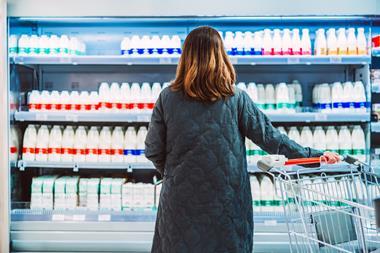

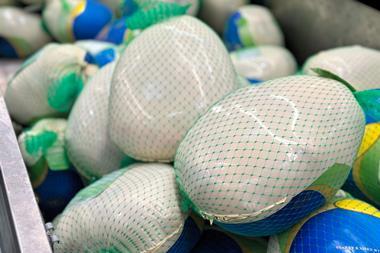

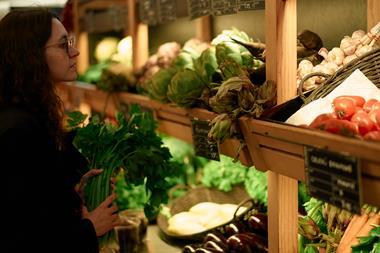


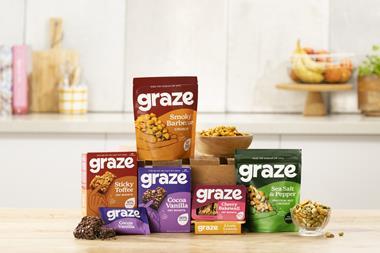
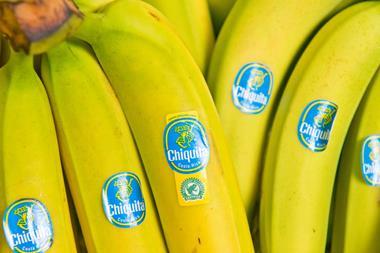
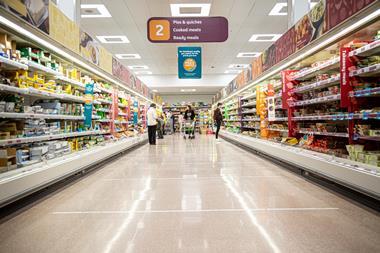

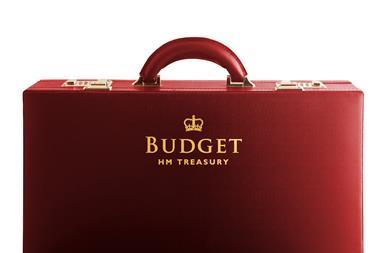
No comments yet